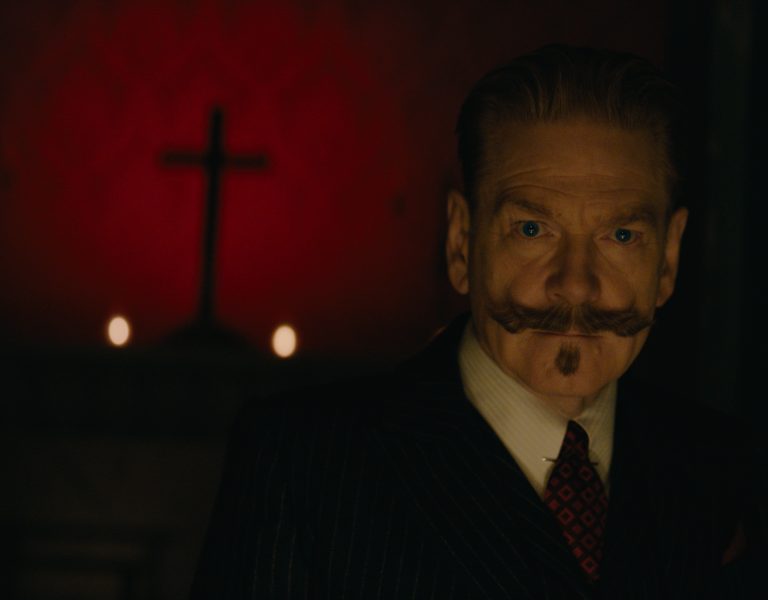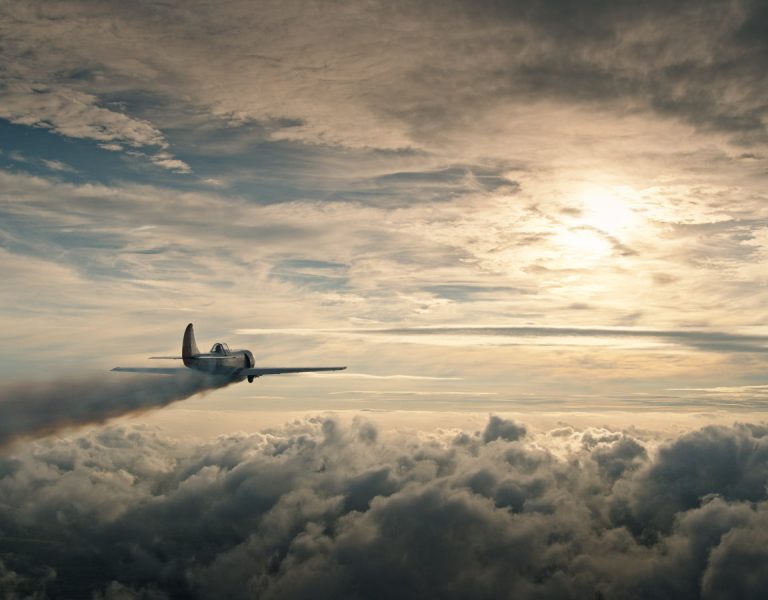CRYSTAL CLEAR
Sony adds the VERONA to its Crystal LED range of displays, offering deep blacks, low reflectance, and modular flexibility for volume shooting.
First announced in January 2021, Sony’s Crystal range of LED displays has been aimed at various large-scale display applications including live events. Now the corporation has announced VERONA, an evolution of the technology specifically targeting filmmakers and in-camera visual effects.
“We know, especially during COVID time, when a lot of live events didn’t happen, many events companies took their LEDs and used that for virtual production,” says Claus Pfeifer, Sony’s Head of Connected Content Acquisition. “What was great about these walls is that they were made for quick install, quick tear-down, but they were not specifically made for virtual production.”
Sony is a partner of and shareholder in Epic Games, the company whose Unreal Engine is the most prominent generator of 3D content for virtual production backgrounds. In October 2021 the two organisations collaborated on a technology assessment at Epic’s US lab, and identified several ways in which the existing Crystal panels could be tailored better to virtual production. Some, such as scan-line reduction, were addressed via software updates which Sony duly released the following year.
But software updates could only do so much, and therefore Sony began development of a new LED Crystal panel, the VERONA. Building on the technologies of the previous Crystal panels, the VERONA boasts the anti-reflection treatment of the B-series while producing similar deep blacks to the C-series.
Poor black levels have been a problem for DPs since the inception of virtual production. In British Cinematographer’s September 2022 guide to virtual production, we reported how one BSC member struggled with light pollution washing out screens for a nighttime driving sequence, and how another, Dale Elena McCready BSC NZCS, resorted to flashing the lens to make the foreground as milky as the background.
When consulting with filmmakers to guide the design of the VERONA, the need for better black levels was the most significant piece of feedback which Sony took into account. “The biggest merit of having in-camera visual effects is that, after shooting, they can reduce a lot of the post VFX work, right?” says Yasuharu Nomura, Sony Corporation’s Head of Virtual Production Technology and Services. But if the blacks on the screen are too grey compared with the foreground, he explains, a lot of time-consuming secondary grading is required in post, increasing costs. “By having these deep blacks [on the LED wall], they don’t have to do this post-production grading, then they can save a lot of workflow costs. So, this is the biggest advantage of the VERONA.”
The VERONA can accurately reproduce “over 97% of the DCI-P3 colour gamut”. The panels will be available in pixel pitches of 1.56mm and 2.31mm, both with a light output of 1,500 cd/m2. Refresh rates are up to 7,680Hz, enabling high frame-rate shooting and reducing scan-line artefacts. Thanks to an energy-efficient design, the power consumption of the VERONA can be up to 30% less than conventional LED walls, according to Sony figures.
Crucially, the panels aim to combine the high performance required of virtual production with the flexibility and speedy installation more typical of events displays. “Our previous LEDs were 16:9, which are more for fixed stage usage. For this new VERONA we are targeting the so-called ‘pop-up’ stage,” says Nomura. Productions can erect an LED wall, shoot for a few days, then perhaps dismantle it to make way for a physical set.
“It’s a 1×1 panel so you can easily stack them together without any frame in the background,” adds Pfeifer. A wall of VERONAs is self-supporting up to 7m in height, and can be horizontally curved if desired.
To reduce wear and tear during repeated installations, the panels feature edge protection plates at top and bottom, and flat front surfaces to protect the LEDs. A special tool allows adjustment of a screw for fine alignment on the Z-axis to eliminate any visible lines between the units. The design is modular, with screen modules and power modules easily detachable for maintenance. A status indicator light allows quick identification of units requiring such maintenance.
“One step up compared to the previous Crystal LEDs: we decided to utilise not our own controller, but third-party controllers,” Nomura continues. Accordingly, the VERONA comes in two flavours: the EB model, for use with the Brompton Tessera SX40 display controller; and the EM model, compatible with the Megapixel HELIOS controller.
“Sony is the only company that is doing virtual production LED walls and cameras,” notes Pfeifer, “so the two teams, they’re speaking to each other. The colour science is identical.” This means that adjustments are minimised when working with a Sony camera and Crystal displays. “However, there are still some settings to be done, and this is why, at last year’s NAB, we introduced the Virtual Production Tool Set.”
The first function of the Virtual Production Tool Set is to ensure colour consistency: a known colour chart is displayed on the LED wall, which is then filmed by the camera; the software then compares how the camera sees this chart to how it knows the chart should appear, in order to calibrate the displays. “Before it took, like, three hours to do the calibration,” says Pfeifer. “This can speed it up to only 15 minutes.”
The second tool is a “virtual VENICE” which can be loaded into Unreal Engine. Prep work for LED volume shooting is often extensive, and this virtual camera ensures that filmmakers are getting an accurate idea of how the real thing will behave. At the end of prep, settings from the virtual VENICE can even be loaded into the physical camera.
Finally, the tool set is able to predict moiré depending on your camera angle and settings, colour-coding a virtual LED wall with green (no problems), yellow (possible moiré) or red (definite moiré problem). “For that part also our camera team and display team worked very closely,” Nomura remarks, “exchanging some of the key information so we can create a good algorithm to estimate moiré artefacts.”
“Virtual production is a huge part of our cine offering,” says Pfeifer. “Obviously there’s a strong connection between VENICE and our Crystal LEDs, and this is going to the same market, same customer type.” He believes Sony’s focus on virtual production is “also helping our customers to save their carbon footprint because we are hopefully helping them to travel less and do more.”
“Having the research data, we can say that the virtual production market or industry growth rate is around 19-20%,” says Nomura, adding that Sony expects the company’s own growth in this field to exceed this.
The University of the Arts London has already become the first buyer for the VERONA. UAL will construct a “state-of-the-art, research-grade virtual production stage” at its London College of Fashion Campus at East Bank. “The VERONA display is strikingly different and will deliver a huge leap forward in our research aims, pushing at the very fabric of what is visually possible in the exciting emergent field of in-camera visual effects,” said UAL’s Marcus Saunders (Associate Director, Technical Resources) when the deal was announced in September.
The Crystal LED VERONA is expected on the market in Spring 2024. A total of four models will be available, in each combination of pixel pitch (1.5 or 2.3mm) and display controller (Brompton or Megapixel).
Find out more here.
–
Words: Neil Oseman











